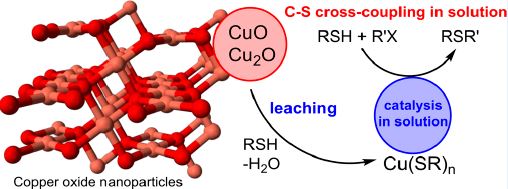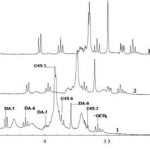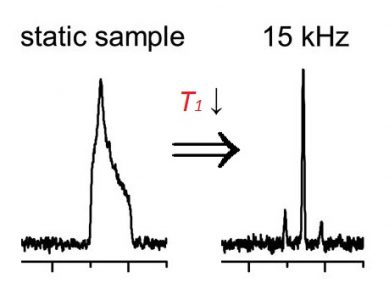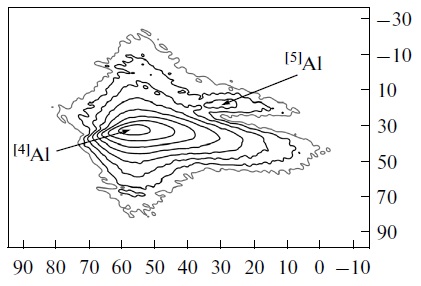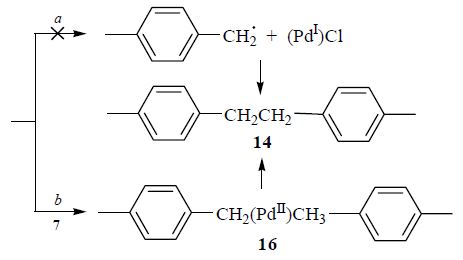Y.S. Panova, A.S. Kashin, M.G. Vorobev, E.S. Degtyareva, V.P. Ananikov
“Nature of the Copper-Oxide-Mediated C−S Cross-Coupling Reaction: Leaching of Catalytically Active Species from the Metal Oxide Surface”
ACS Catal., 2016, 6, 3637−3643
DOI:10.1021/acscatal.6b00337
Copper-oxide-catalyzed cross-coupling reaction is a well-known strategy in heterogeneous catalysis. A large number of applications have been developed, and catalytic cycles have been proposed based on the involvement of the copper oxide surface. In the present work, we have demonstrated that copper(I) and copper(II) oxides served as precursors in the coupling reaction between thiols and aryl halides, while catalytically active species were formed upon unusual leaching from the oxide surface. A powerful cryo-SEM technique has been utilized to characterize the solution-state catalytic system by electron microscopy. A series of different experimental methods were used to reveal the key role of copper thiolate intermediates in the studied catalytic reaction. The present study shows an example of leaching from a metal oxide surface, where the leaching process involved the formation of a metal thiolate and the release of water. A new synthetic approach was developed, and many functionalized sulfides were synthesized with yields of up to 96%, using the copper thiolate catalyst. The study suggests that metal oxides may not act as an innocent material under reaction conditions; rather, they may represent a source of reactive species for solution-state homogeneous catalysis.
